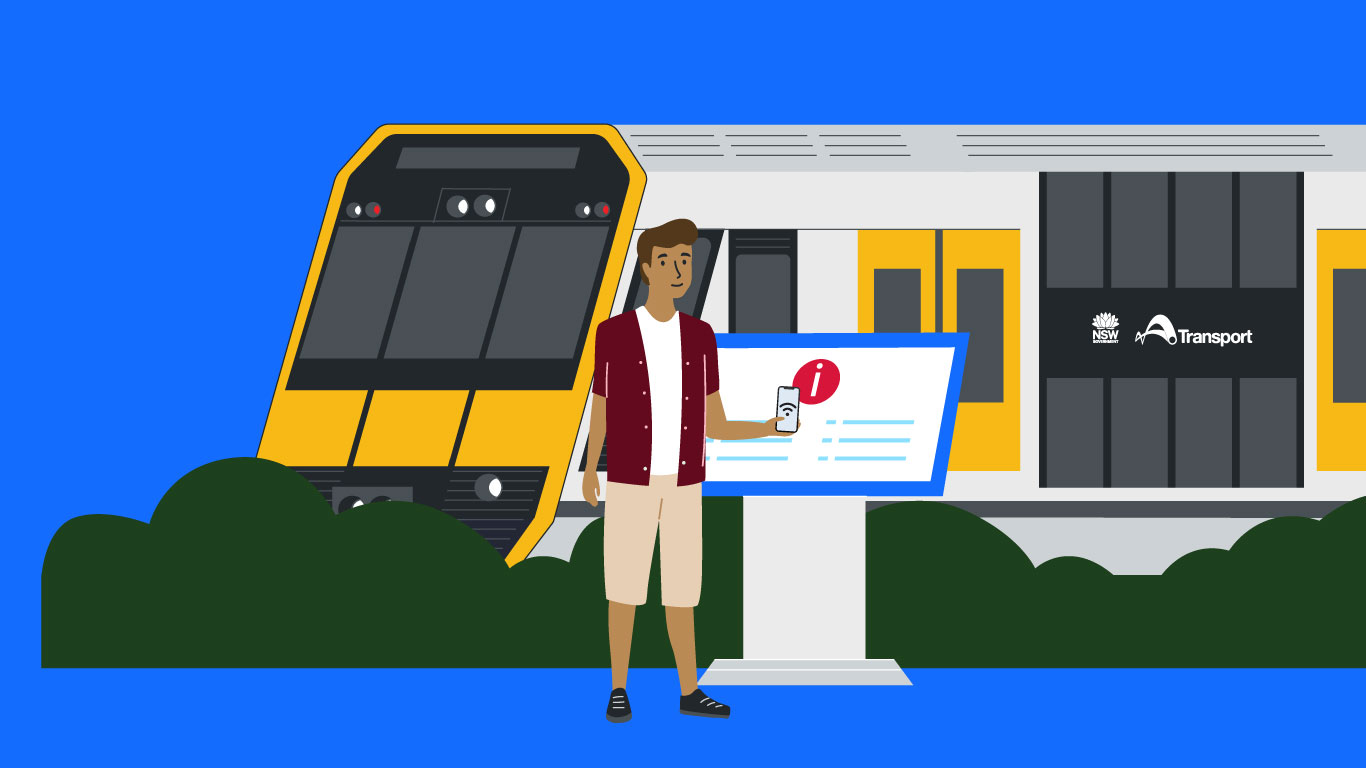Bridging the Information Gap
Understanding the Challenges of Communicating During Unplanned Disruptions.

Unplanned disruptions create significant uncertainty and inconvenience for passengers, often leaving them without the information they need to make informed decisions about their journeys. As entrepreneurs and tech teams, you have the opportunity to innovate solutions that address this pressing issue. But before diving into solutions, it's crucial to thoroughly understand the problem. Let's explore the challenges and pose questions to inspire your ideation.
The Core Problem
One of the primary challenges during unplanned disruptions is that customers often don’t know the severity or duration of these events. This lack of information makes it difficult for passengers to understand how their journeys will be affected. Current communication channels typically issue alerts only after an incident has been officially classified as a disruption. During the critical evaluation period—when an incident has occurred but hasn't yet been fully assessed—passengers remain in the dark. This information gap leads to frustration, anxiety, overcrowding, and erodes trust in public transport as a dependable travel option.
The Communication Conundrum
Communicating effectively during these uncertain times is complex. How can we address the following:
- Incomplete Information: At the onset of a disruption, details are often scarce or evolving.
- Unpredictable Duration: It's challenging to estimate how long a disruption will last without concrete data.
- Potential for Overreaction: Premature alerts might cause unnecessary panic or confusion among passengers.
- Privacy Constraints: Solutions must respect customer anonymity, avoiding the collection of personal data.
Questions to Spark Ideation
To tackle this communication conundrum, consider the following questions:
- How might we communicate with customers when the specifics of a disruption are still unknown?
- What strategies can we employ to inform passengers without causing unnecessary alarm or providing inaccurate information?
- In what ways can we predict or detect that a disruption might be occurring, even before it's officially classified?
- How can we help passengers make informed decisions during the evaluation period of an incident?
- What role can contextual factors (like time of day, weather conditions, or location) play in enhancing communication during disruptions?
- How can we ensure that any information provided is both timely and respectful of passenger privacy?
- What are the indicators that passengers need more information, and how can we respond proactively?
- How might we use anonymous data to anticipate the impact of a disruption on individual travel plans?
- In what ways can we manage passenger expectations when uncertainty is high?
- How can we balance the urgency of communication with the need for accuracy and reliability?
Understanding the Passenger Perspective
Empathising with passengers is key to creating a solution. By putting yourself in their shoes, can you identify any critical needs that your solution should address?
- What emotions might a passenger experience during an unplanned disruption with limited information?
- How does uncertainty affect their trust in using public transport?
- What kind of information would empower them to adjust their plans effectively?
The Impact of Inaction
Consider the consequences if these challenges remain unaddressed:
- Increased Frustration: Passengers may feel neglected or undervalued.
- Overcrowding: Lack of information can lead to congestion as passengers wait without guidance.
- Loss of Trust: Continued poor communication can erode confidence in public transport.
- Economic Effects: Delays and missed appointments can have broader economic implications.
Opportunity Awaits
This complex problem presents a unique opportunity for innovation:
- Can new technologies help bridge the information gap without infringing on privacy?
- Are there novel ways to utilise existing data to improve communication during disruptions?
- How might collaboration between different stakeholders enhance the flow of information?
Join the Conversation
We encourage you to delve deep into the above questions:
- Reflect on the challenges and the passenger experience.
- Discuss ideas with your team and peers.
- Explore various angles and potential approaches.
Your insights are invaluable in developing solutions that can transform the way we handle unplanned disruptions.
Ready to Make a Difference?
Understanding the problem is the first step toward meaningful innovation. If you're inspired to tackle this challenge and improve the daily journeys of countless commuters, we invite you to join our innovation challenge.
Can you reduce the impact of these issues on customers? Apply now and be part of the solution!
Disclaimer: The views and opinions expressed in this blog are presented solely for the purpose of fostering innovation, sparking discussion, and inspiring potential solutions. They do not represent the official stance, policies, or endorsements of the organisation.